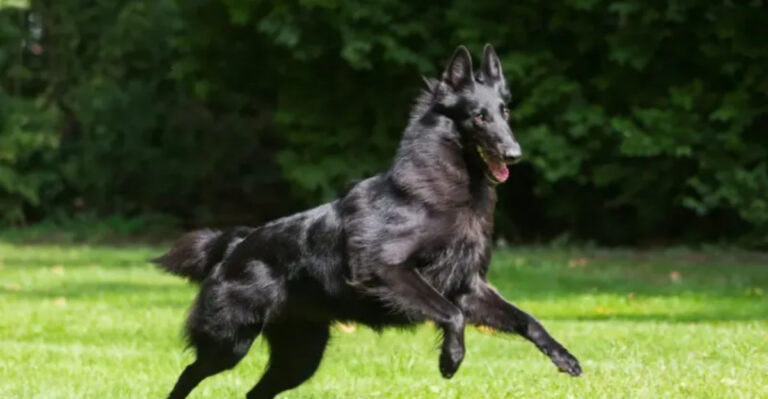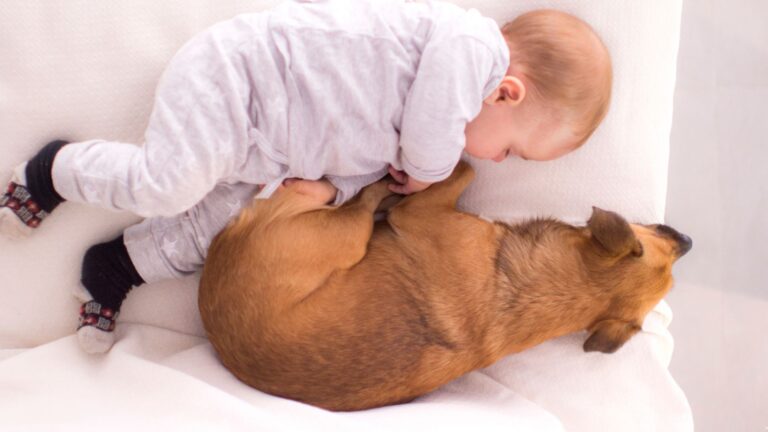How Cats Subtly Show They’re Scared: 15 Signs To Look For
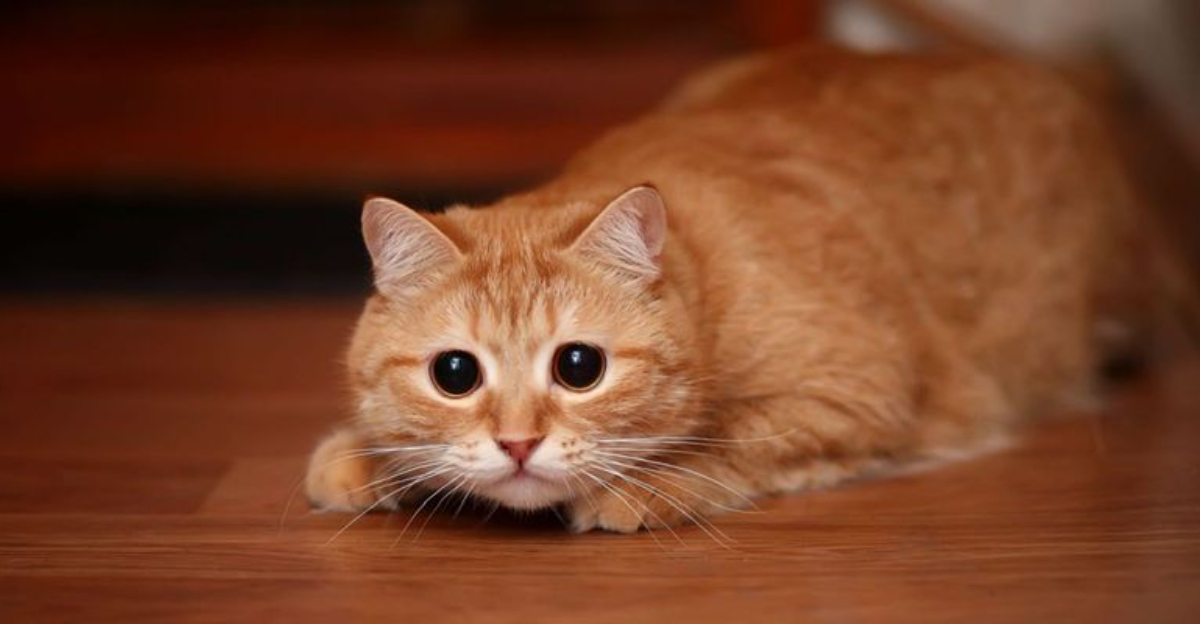
Cats can be mysterious creatures, often leaving us guessing about their feelings. While they are masters of disguise, certain subtle signs can reveal when they’re scared.
Understanding these signs can help you create a more comforting environment for your feline friend.
Let’s explore 15 subtle ways cats show they’re scared, ensuring you can respond with the love and care they need.
1. Hiding

When a cat feels threatened, its first instinct is often to hide. You might find your usually sociable kitty tucked away in a quiet corner or under furniture. This behavior is a cat’s way of feeling safe and protected from perceived dangers.
It’s essential to give them space and time to emerge on their own terms. Offering a quiet and safe spot for your cat to retreat can provide them with the comfort they need.
However, if hiding becomes frequent, it might be worth checking for any environmental changes causing stress.
2. Dilated Pupils

Dilated pupils can be a clear indicator that your feline friend is scared. This physiological response is part of their natural fight-or-flight reaction, increasing their field of vision to spot potential threats.
When you notice your cat’s eyes widening, it’s a sign that they might be on edge. Observing this alongside other signs can help you gauge your cat’s emotional state.
Engage them in gentle play to distract and calm them down. Remember, it’s all about making them feel at ease and lowering their stress levels.
3. Tail Tucking
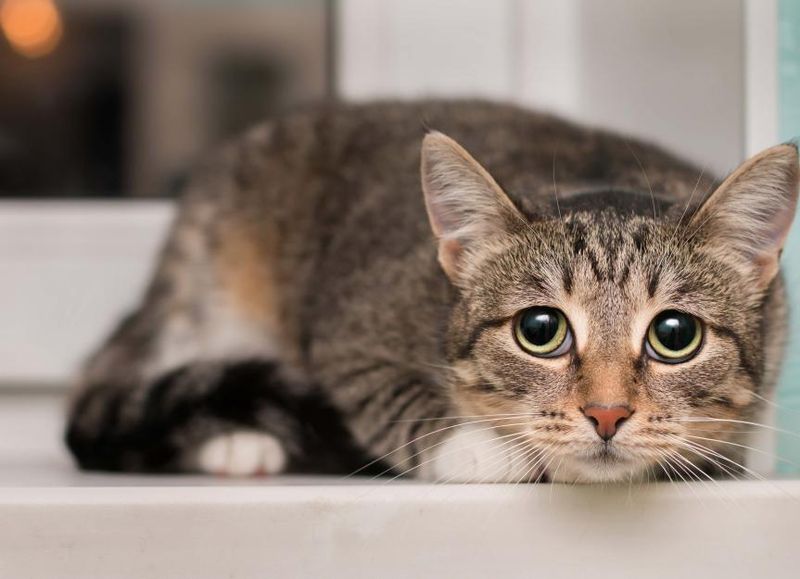
When a cat tucks its tail tightly against its body, it’s often a sign of insecurity or fear. This action reduces their body profile, making them feel less visible to potential threats. It’s an instinctive way to protect themselves.
Observe if this behavior occurs in specific situations or locations. Providing a familiar and safe environment can help alleviate this stress.
Offering gentle reassurance can also help, but it’s crucial not to force interactions and allow them space to adjust at their own pace.
4. Low Body Posture

A low body posture, where a cat crouches close to the ground, can indicate fear or anxiety. This position allows them to spring away quickly if needed, showcasing their readiness to flee. It’s a defensive stance that signals they feel threatened.
If you notice this posture, it might be time to assess the surroundings for stress triggers. Creating a calm and quiet environment can help your cat feel more secure.
Gentle, soothing voices and slow movements can further ease their anxiety and build trust.
5. Purring Nervously
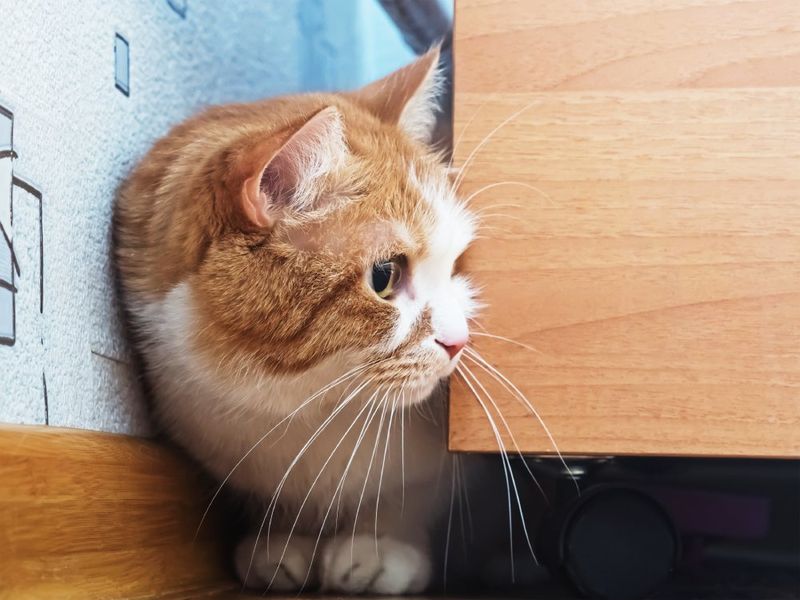
Purring isn’t always a sign of contentment. Some cats purr when they’re scared or anxious, using the vibration as a self-soothing mechanism. It can be confusing, but observing their body language can provide clarity.
If the purring is accompanied by wide eyes or a tense body, it’s likely due to stress. Providing a calm, reassuring presence can make a difference.
Speak softly to your cat and offer gentle strokes. This understanding can help you differentiate between a happy purr and a nervous one.
6. Hissing Or Growling
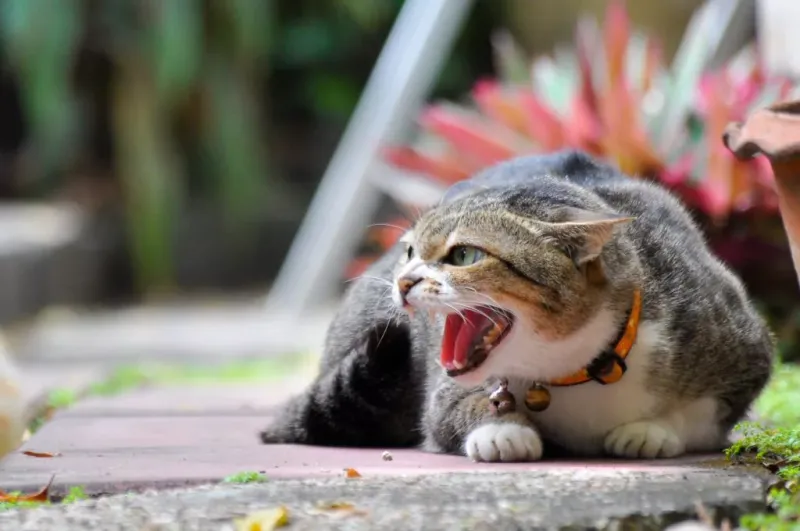
Hissing or growling is a cat’s way of saying “back off.” These sounds are clear indicators of fear or discomfort, warning others to keep their distance.
It’s important not to approach or provoke them further when they exhibit this behavior. Allow them the space to calm down in their own time.
Understanding this boundary can prevent potential harm and build a trusting relationship. If these vocalizations are frequent, consider evaluating the environment for any stressors that might be affecting your feline friend.
7. Excessive Grooming
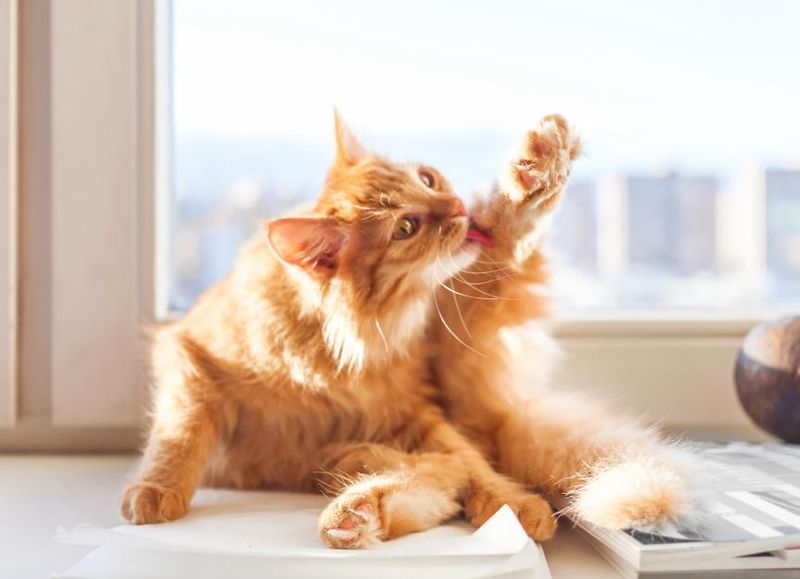
Cats often groom when they’re not just keeping clean but also when they’re stressed. Excessive grooming can be a coping mechanism, akin to a human biting their nails. If you notice your cat grooming more than usual, it might be trying to soothe itself.
Check for any changes or disturbances in their environment that could be causing anxiety. Providing a stable and comforting setting can help reduce this behavior.
However, persistent excessive grooming may require a vet’s attention to rule out skin issues.
8. Wide Eyes
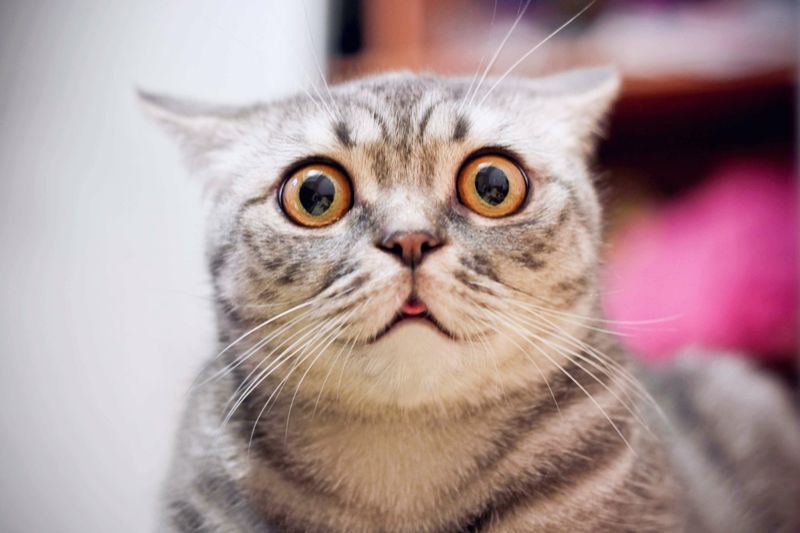
Wide eyes are a classic sign of a startled or scared cat. This wide-eyed look helps them take in more of their environment, ready to react swiftly to any perceived threats. If your cat’s eyes seem unusually wide, it’s a cue that something might be unsettling them.
Observe their surroundings to identify potential stressors. Providing a quiet, safe space can help them regain their sense of security.
Offering a comforting touch or speaking softly can also soothe their nerves and reassure them of your presence.
9. Avoiding Eye Contact
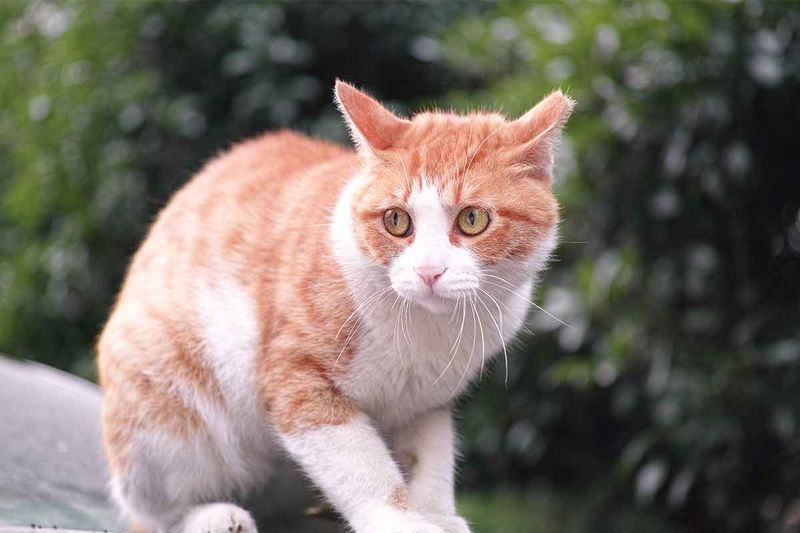
Avoiding eye contact can be a subtle sign of fear or submission. In cat language, direct eye contact can be perceived as a challenge, so a scared cat might avert its gaze to indicate that it poses no threat.
If you notice this behavior, approach your cat calmly and respectfully. Avoid forcing eye contact and instead offer a reassuring presence.
Creating an environment where they feel safe and not threatened is key. Offering treats or toys can help rebuild their confidence and encourage positive interactions.
10. Slow Movements
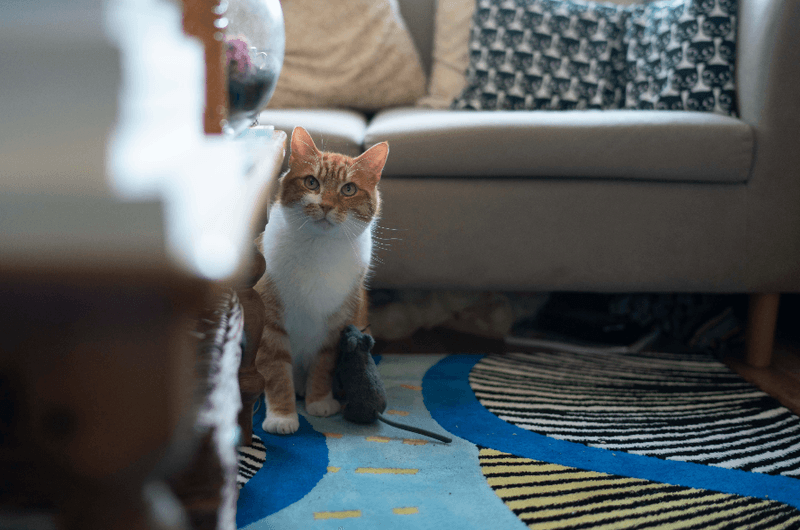
When a cat is scared, it often moves slowly and stealthily to avoid drawing attention to itself. This cautious approach is their way of staying under the radar of any potential threats.
If you observe your cat moving in this manner, it’s an indication they might be feeling uneasy. Provide them with a serene and stable environment to help them feel secure.
Slow, gentle interactions can also help ease their anxiety and encourage more relaxed behavior. Patience and understanding are key to reassuring your feline.
11. Refusing To Eat
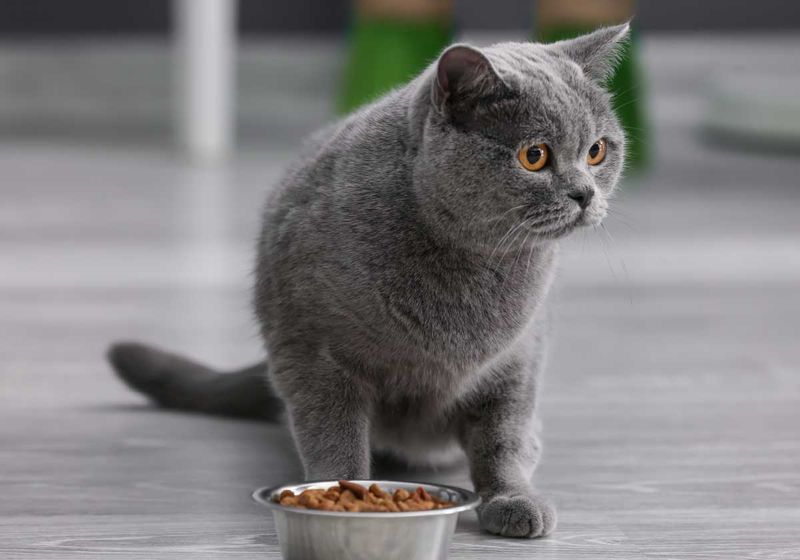
A scared cat might refuse to eat, as stress can suppress their appetite. If your cat suddenly turns away from their favorite meal, it could be a sign of anxiety. This behavior often occurs if there’s been a change in their environment or routine.
Ensure they have a quiet and comfortable place to eat, free from disturbances. If the refusal to eat continues, consult a vet to rule out any medical issues.
Offering familiar foods and a consistent environment can help encourage them to eat again.
12. Vocalizing More
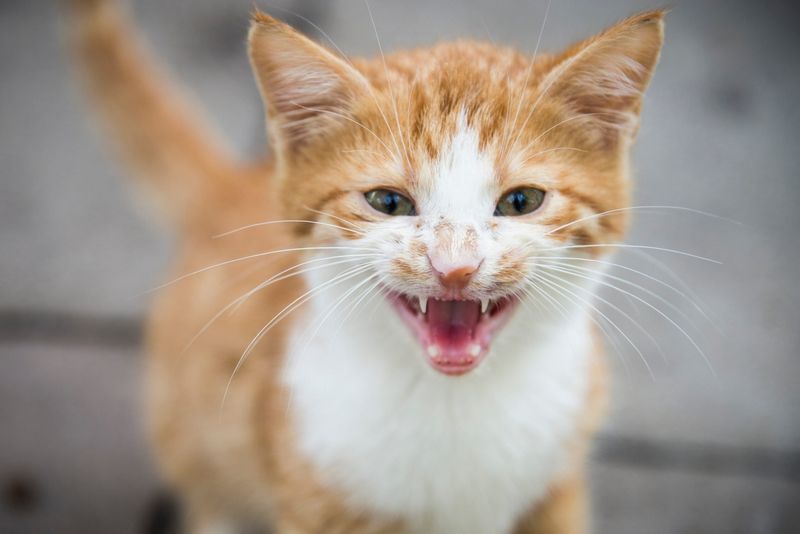
Increased vocalization can be a sign your cat is scared or anxious. They might meow more to seek reassurance or alert you to their discomfort. If your usually quiet cat suddenly becomes more vocal, it’s worth paying attention to their needs.
Try to identify any triggers that might be causing their stress. Providing comfort through gentle petting and a calm voice can help soothe their nerves.
Consistency in their routine and environment can also help reduce anxiety and alleviate excessive vocalizations.
13. Tail Flicking Or Lashing
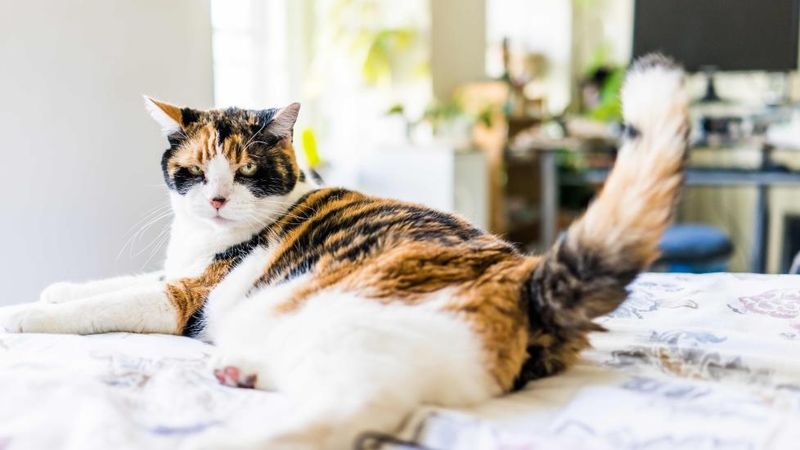
Rapid tail movements, such as flicking or lashing, often signal frustration, anxiety, or fear in cats. This behavior is a non-verbal cue indicating they’re on high alert.
If you notice this, consider what might be causing their distress and try to remove any stressors. Offering a quiet space and respecting their boundaries can help them relax.
It’s crucial to allow them time to calm down on their own. Understanding this behavior can prevent misunderstandings and foster a more trusting relationship with your cat.
14. Seeking Comfort
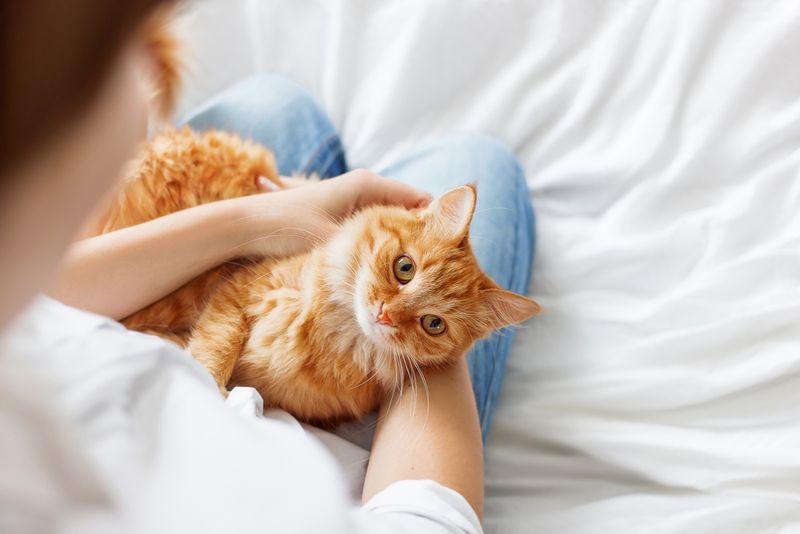
Sometimes, a scared cat will seek comfort by cuddling closer to their trusted human. This action is a plea for reassurance and protection. If your cat suddenly becomes more clingy, it could be feeling anxious or scared.
Respond with gentle affection, providing them a sense of security and calm. Creating a peaceful environment will further help ease their nerves.
Remember, your presence can be the most comforting thing for a scared cat, helping them regain their confidence and feel loved and safe.
15. Clinging To You
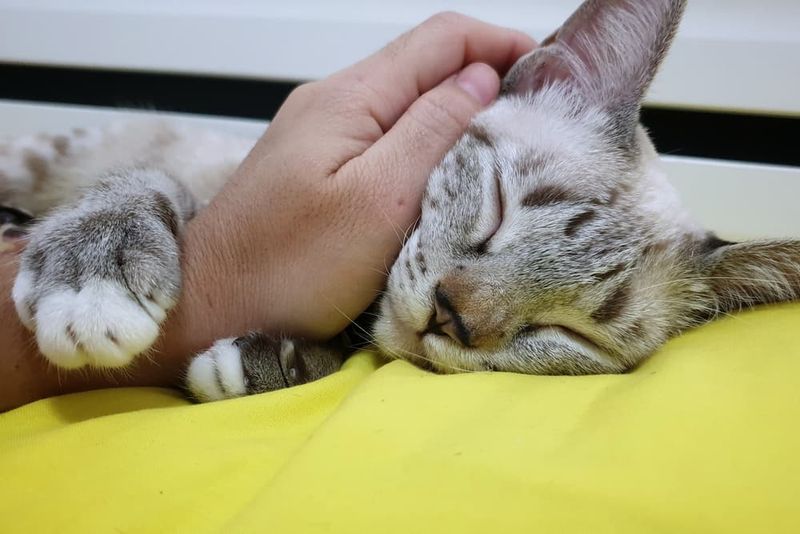
When a cat clings to you, it’s often a sign they’re feeling insecure or frightened. This behavior is their way of seeking reassurance and protection. If your cat suddenly becomes more attached, it’s a cue that they’re looking for comfort.
Respond by providing them with a stable and loving environment. Be gentle and patient, offering cuddles and soft words.
This closeness can help them feel more secure, reducing their anxiety. Your calm presence can make all the difference in helping your cat feel safe and loved.

